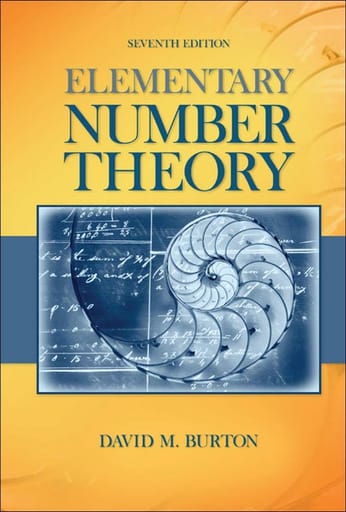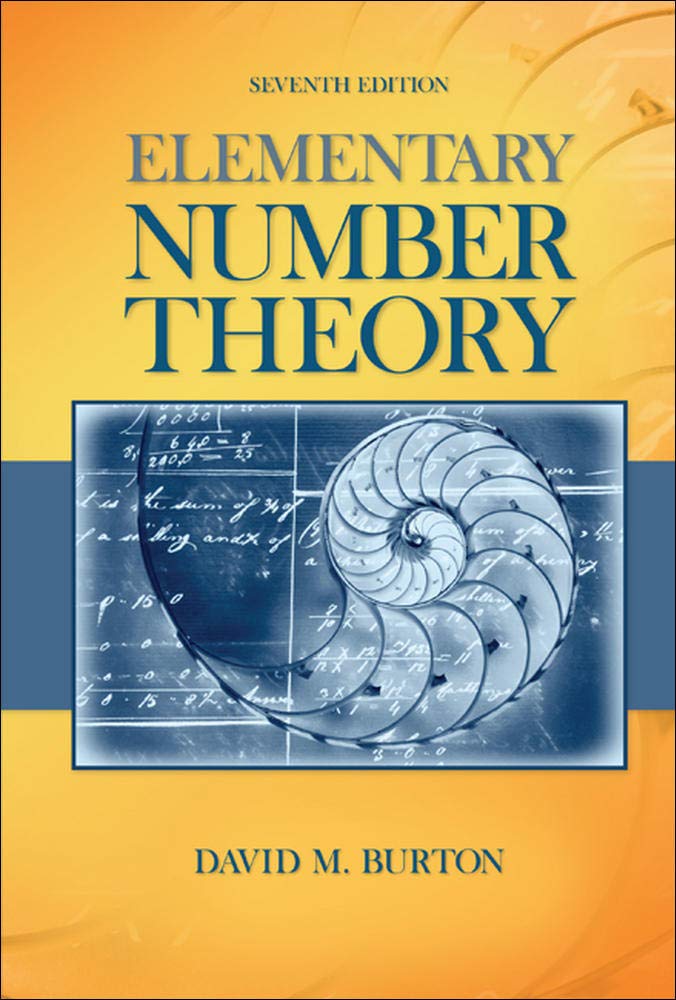
Elementary Number Theory Problems 3.3 Solution (David M. Burton's 7th Edition) - Q12 Paid Members Public
My Solution for "Let $p_{n}$ denote the $n$th prime number. For $n \geq 3$, prove that $p_{n+3}^{2} < p_{n}p_{n+1}p_{n+2}$. [Hint: Note that $p_{n+3}^{2} < 4p_{n+2}^2 <8p_{n+1}p_{n+2}$.]"

Elementary Number Theory Problems 3.3 Solution (David M. Burton's 7th Edition) - Q11 Paid Members Public
My Solution for "Find the smallest positive integer $n$ for which the function $f(n) = n^2 + n + 17$ is composite. Do the same for the functions $g(n) = n^2 + 21n + 1$ and $h(n) = 3n^2 + 3n + 23$."
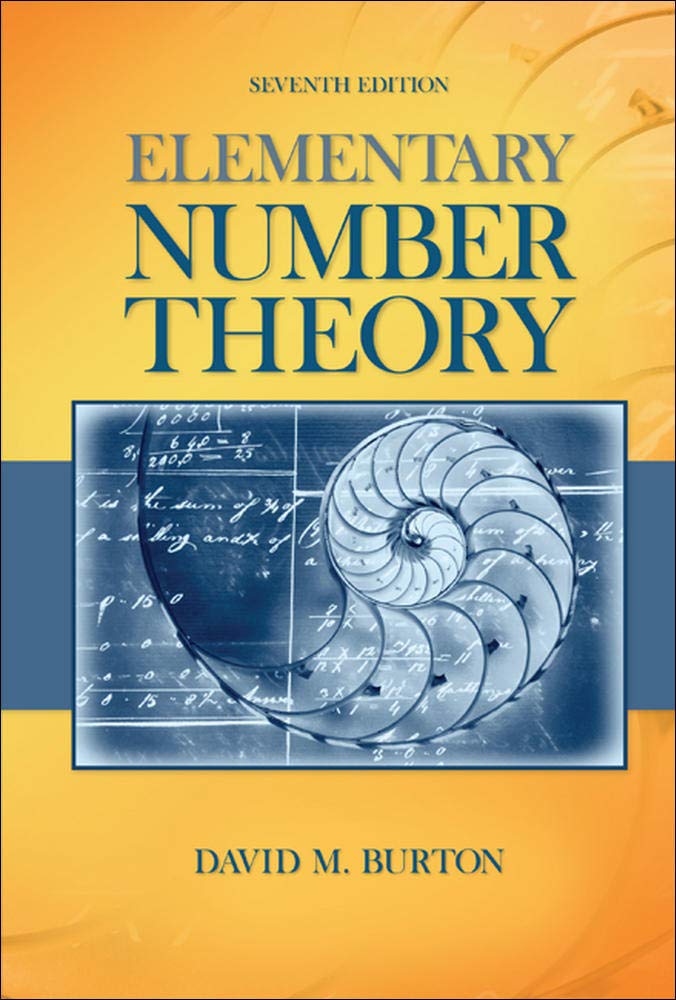
Elementary Number Theory Problems 3.3 Solution (David M. Burton's 7th Edition) - Q10 Paid Members Public
My Solution for "Establish that the sequence $$(n + 1)! - 2, (n + 1)! - 3, ... , (n + 1)! - (n + 1)$$ produces $n$ consecutive composite integers for $n > 2$."
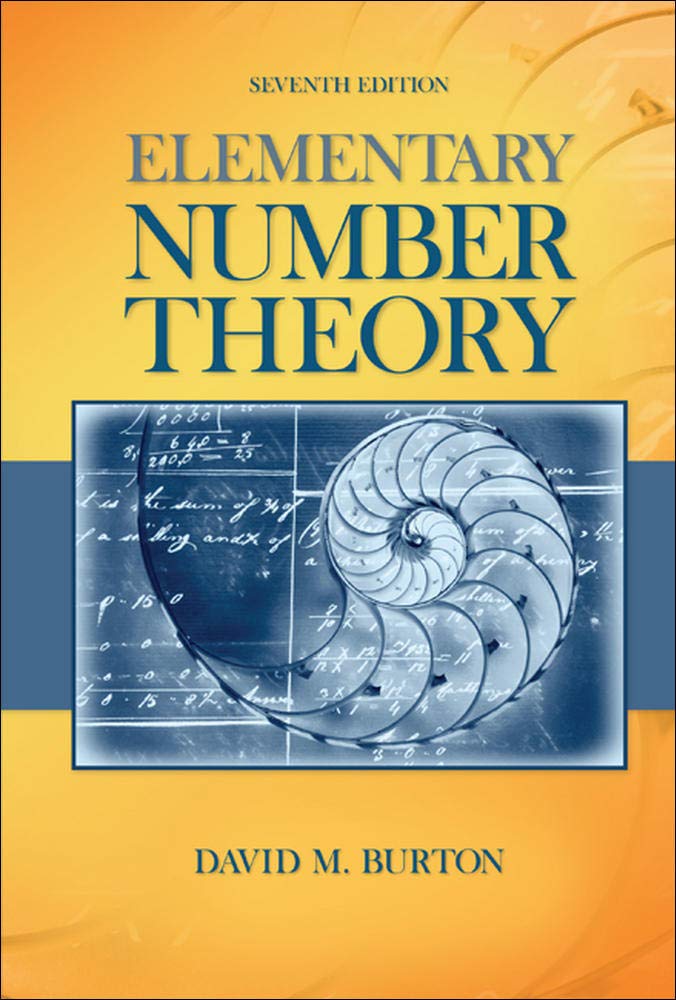
Elementary Number Theory Problems 3.3 Solution (David M. Burton's 7th Edition) - Q9 Paid Members Public
My Solution for "(a) For $n > 3$, show that the integers $n$, $n + 2$, $n + 4$ cannot all be prime. (b) Three integers $p$, $p + 2$, $p + 6$, which are all prime, are called a $\textit{prime-triplet}$. Find five sets of prime-triplets."

Elementary Number Theory Problems 3.3 Solution (David M. Burton's 7th Edition) - Q8 Paid Members Public
My Solution for "Given a positive integer $n$, it can be shown that there exists an even integer $a$ that is representable as the sum of two odd primes in $n$ different ways. Confirm that the integers $60$, $78$, and $84$ can be written as the sum of two primes in 6, 7, and 8 ways, respectively."

Elementary Number Theory Problems 3.3 Solution (David M. Burton's 7th Edition) - Q7 Paid Members Public
My Solution for "A conjecture of Lagrange ($1775$) asserts that every odd integer greater than $5$ can be written as a sum $p_{1} + 2p_{2}$, where $p_{1}$, $p_{2}$ are both primes. Confirm this for all odd integers through $75$."
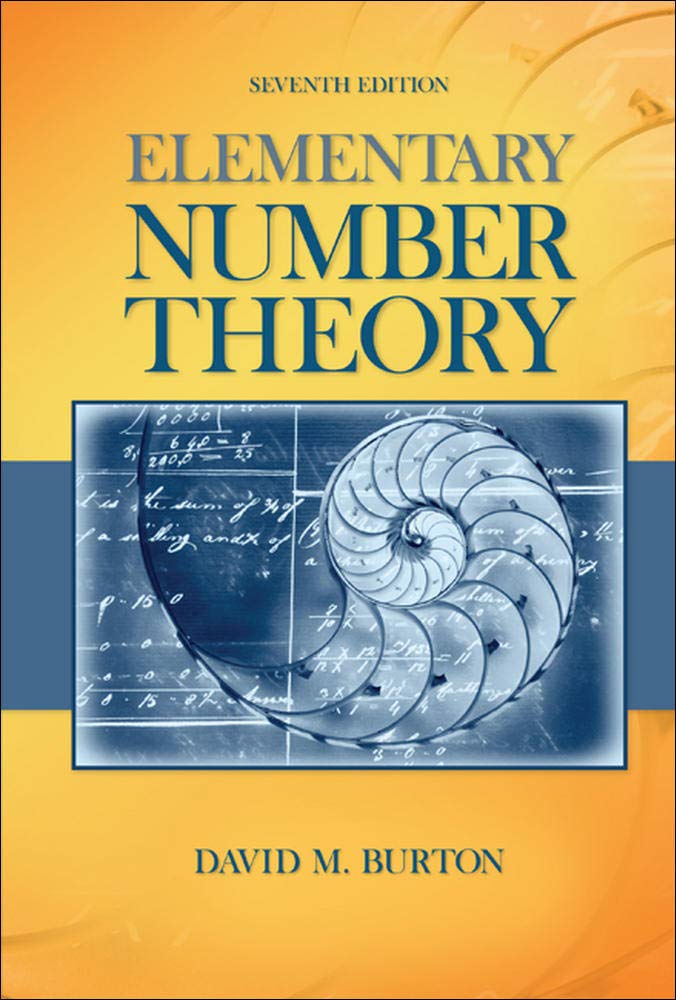
Elementary Number Theory Problems 3.3 Solution (David M. Burton's 7th Edition) - Q6 Paid Members Public
My Solution for "Prove that the Goldbach conjecture that every even integer greater than $2$ is the sum of two primes is equivalent to the statement that every integer greater than $5$ is the sum of three primes."

Elementary Number Theory Problems 3.3 Solution (David M. Burton's 7th Edition) - Q5 Paid Members Public
My Solution for "In 1752, Goldbach submitted the following conjecture to Euler: Every odd integer can be written in the form $p + 2a^2$, where $p$ is either a prime or $1$ and $a \geq 0$. Show that the integer $5777$ refutes this conjecture."

